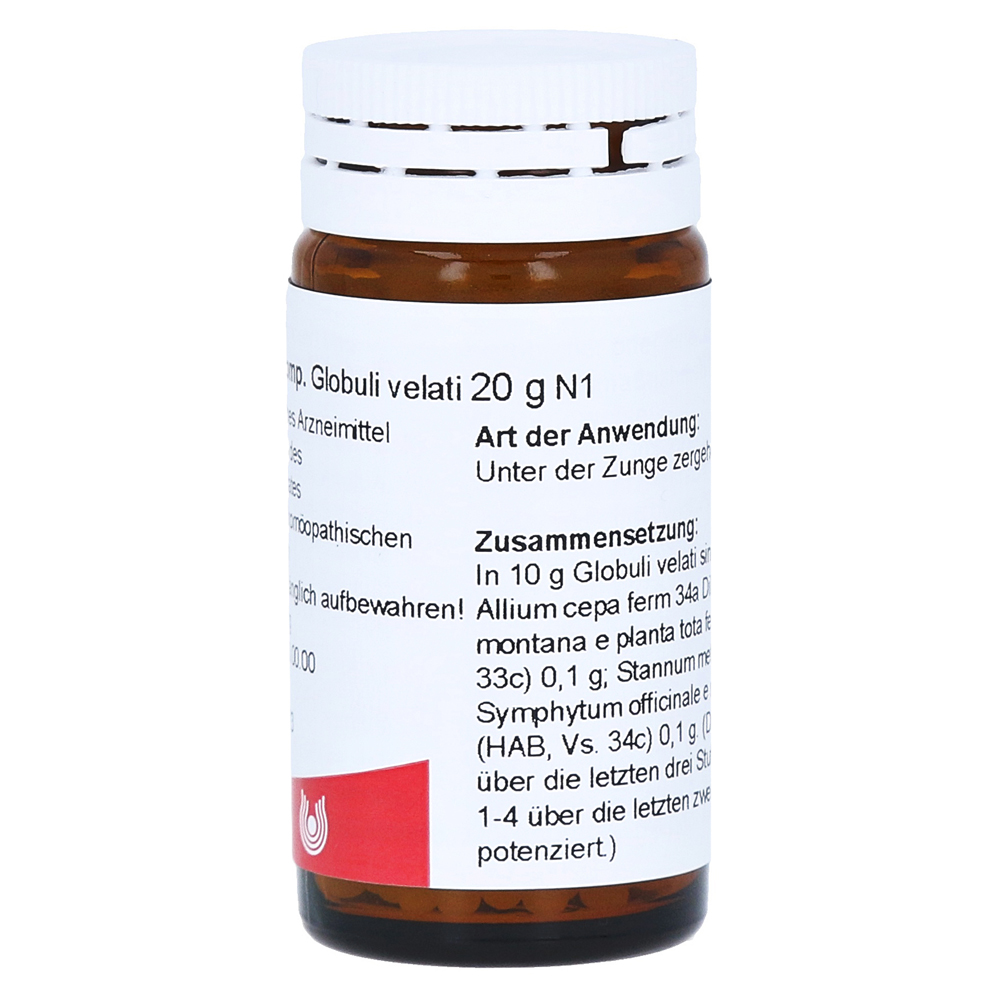

Plant species, and demonstrates the inadequacy of some procedures to The reported identification of pyrrolizidine alkaloids from the same (R) f and Kutta Plasma (R) f was not mutagenic in bacterial reverseĪssessment: Study highlighted significant differences in Study of the comfrey root fluid extract contained in Kytta-Salbe Of studied neoplastic cells and and antimitotic effect on human T lymphocytes Indicate crude extract and its proteic fraction stimulate invivo proliferation The concentration of pyrrolizidine alkaloids may be underestimated,Ĭonsumption of comfrey herbal teas, in native or packaged forms, is Since alklaloids are known to be hepatotoxic, and because Of symphytine and echimidine varied considerably in different tea leaves Measurable concentration of pyrrolizidine alkaloids: The concentration Reduction of N-oxides results in order of magnitude increases in the Of herbal teas made from the leaves of comfrey (Symphytum officinale): Tea Concerns / Pyrrolizidine Alkaloids / Hepatotoxicity: Analysis Results showed mutagenicĪctivity to be induced by lasiocarpine, by alkaloidal fraction 1 andīy diluted infusions from Radix symphyti. Studied for antimitotic and mutagenic activity. and of its alkaloidalįractions – Aqueous solutions of three alkaloid fractions were ( 4)Įffects of aqueous extracts of Symphytum officinale L. Results showed the oral treatment of rats with 10% alcoholic extract reduced cell proliferation in the RHM model. Comfrey treatment reduced the number of pre-neoplastic macroscopic lesions, percentage of oval cells and mitotic figures, and the number of re-neoplastic macroscopic lesions. Of wistar rats with 10% comfrey ethanolic extract in a RHM (resistant Antiproliferative: Study evaluated the effects of chronic oral treatment.Also used as fertilizer for young seedlings. Compost: Because of high nitrogen content, leaves are often added to compost pile to help stimulate composting.In Polish pharmacopoeia, as Radix symphyti, recommended as expectorant, especially.

Roots and leaves used for broken bones and wounds.Oil and ointment used to treat acne, boils, and psoriasis.
#Symphytum comp skin

The alkaloid concentration is highest in small, young Including heliosupine, echimidine, heliosuipine, lycopsamine, symphytineĪnd cynoglossine. Contains potentially hepatotoxic compounds: pyrrolizidine alkaloids,.Phenolic acids: rosmarinic, chloogenic, caffeic and lithospermic.Or dissolved in hot water boiling should be avoided as this may cause Contains allantoin, between 0.6 to 0.8 % to which is attributed.Medications that increase breakdown of medications by the liver (cytochrome P450 3A4 (CYP3A4) inducers) interacts with comfrey.Įxpectorant, haemostatic, vulnerary, homepathy. Taking comfrey with drugs that might harm the liver can increase the risk of liver damage. Interactions: Hepatotoxic drugs interacts with comfrey.Contraindicated in pregnancy and lactation.However, with toxicity concerns, it is advisable to seek alternatives. When used topically on unbroken skin in small amounts for less than 10 days.Ħ weeks per year at less than 100 mcg of unsaturated pyrrolizidine alkaloids. In July 2001, the US FDA took steps to stop the marketing ofĬomfrey as a dietary supplement.Advice is given against use of comfrey as salad green or tea.Or white, borne on short curved racemes, with five-lobed calyx and fiveħ0's, subject of persisting concerns and debate on certain alkaloidĬontents that may cause liver damage, veno-occlusive liver disease, Flowers are variable in color, blue, yellow Leaves are entire, lanceolate to ovate-lanceolate, up to 10 inches Rhizomes are thick, black on the outside and white inside, containing a mucilaginous Symphytum officinale is a hardy, leafy perennial. Wound healing and mending of broken bones. Known since 400 B.C., used by the Greeks to treat bronchial problems,


 0 kommentar(er)
0 kommentar(er)
